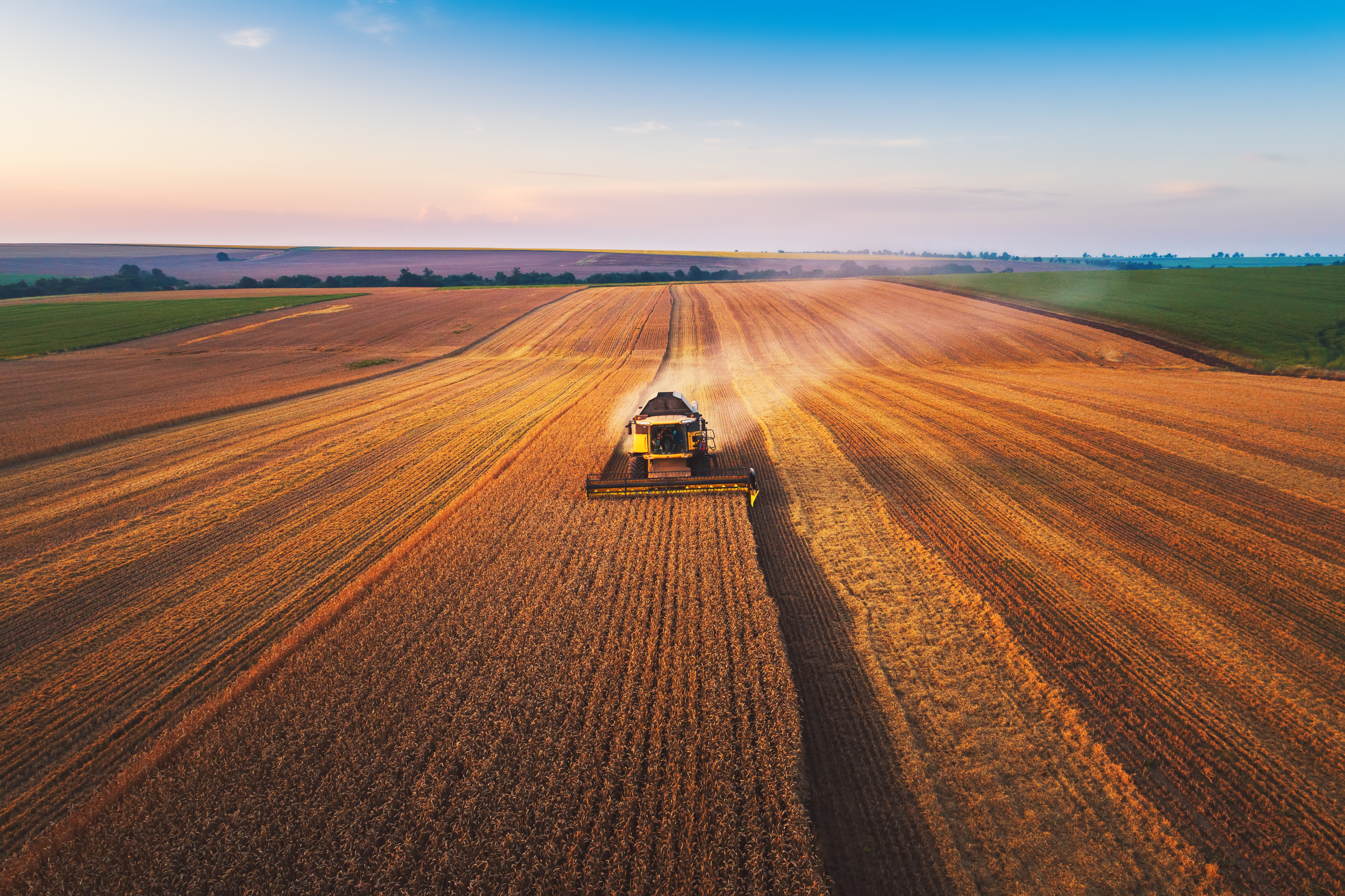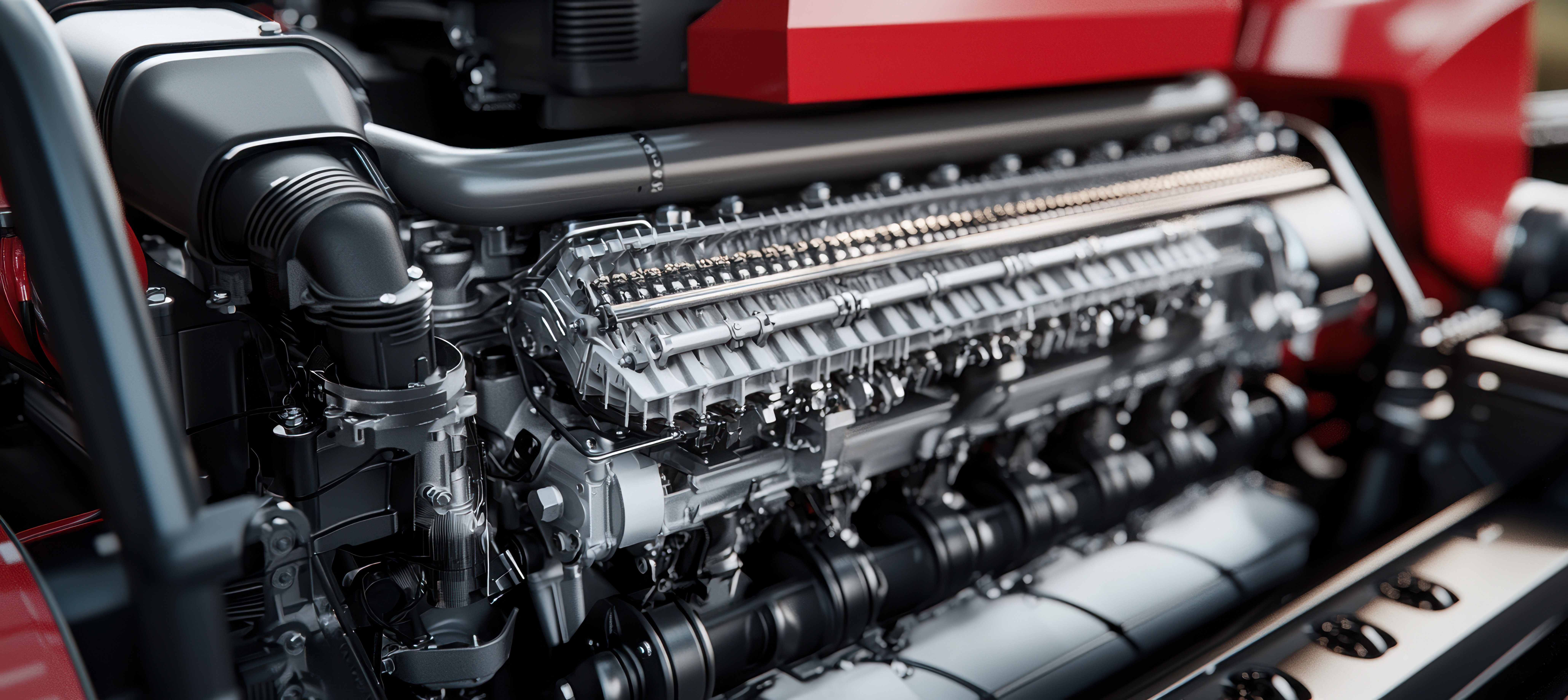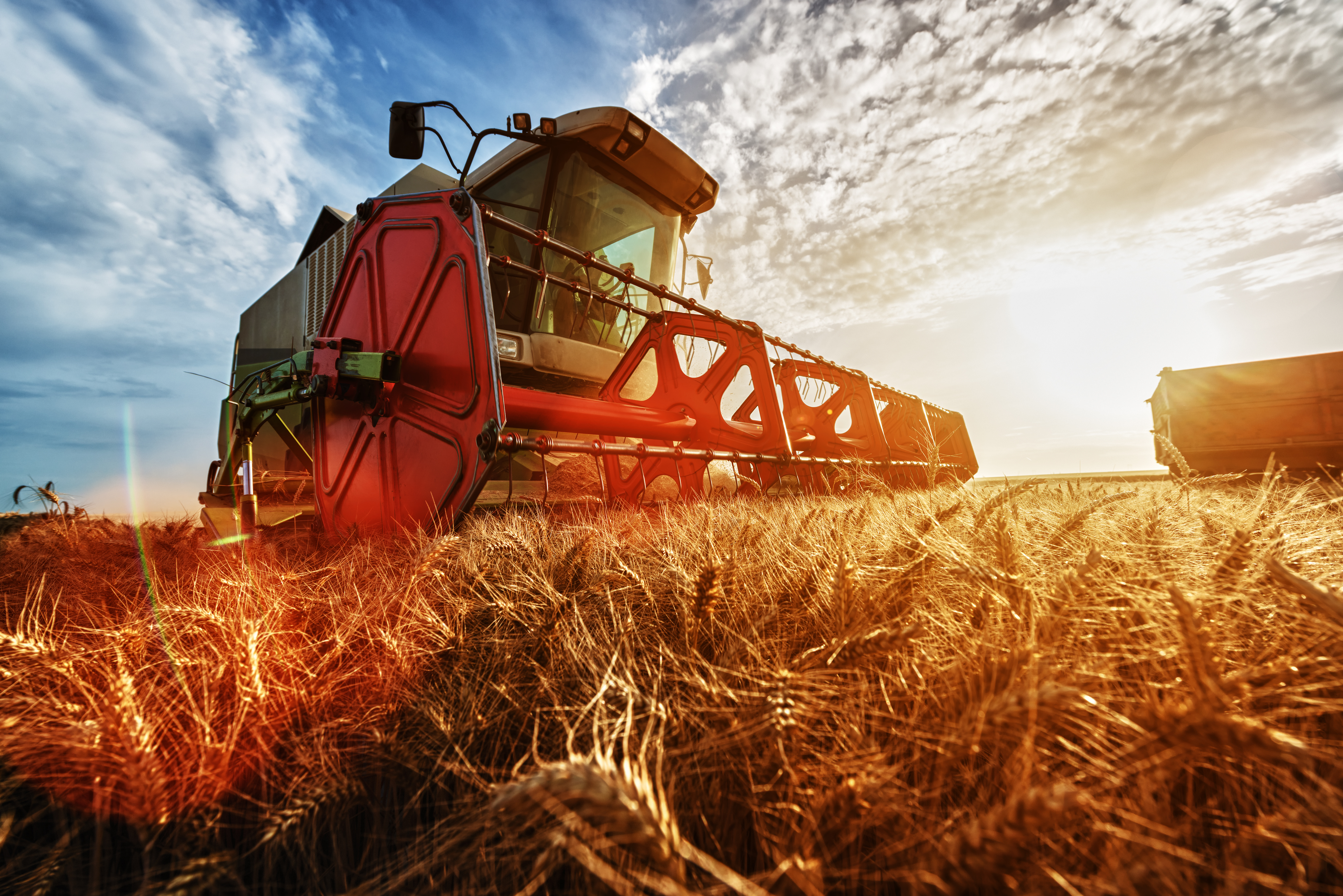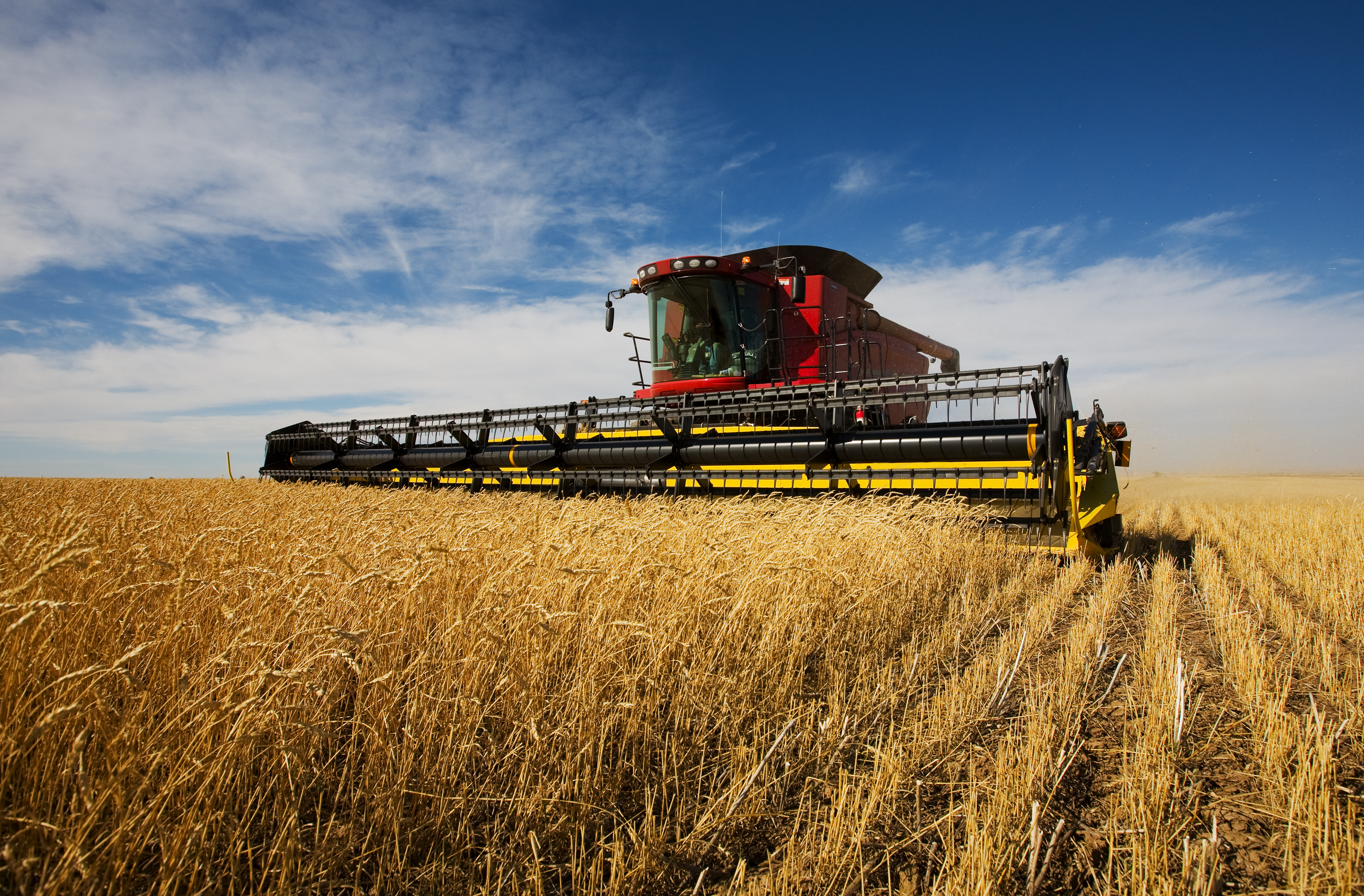In today’s article, we dive into the combine harvester: a highly sophisticated machine, especially the latest generation models, that requires thorough preparation before hitting the field. Let’s look at how to get the most out of it.
The combine harvester is arguably the most complex and intricate piece of agricultural machinery, with its many components all requiring careful attention to maximise harvesting efficiency. The performance of the combine is crucial, as it significantly impacts both the success of the harvest and the quality of the final product.

These are straightforward tasks that should be performed at regular intervals, following the manufacturer’s instructions. Before starting any maintenance (routine or otherwise), farmers or contractors, even the most experienced ones, should always consult the machine’s manual. All operations should be done with the engine turned off, and the machine should be on a level surface. It’s essential to properly block and secure any rotating parts you’re working on. Cleaning all components thoroughly with compressed air or a pressure washer is key to removing debris that might interfere with the machine or the maintenance process. Routine maintenance covers all the critical systems of the combine harvester. The hydraulic system requires a visual inspection to check for leaks, wear, or damage on the high-pressure hoses. The threshing system should be cleaned around the threshing rotor, especially under the concave plates. In the cleaning system, it's important to check the feeding augers, pre-filters, and sieves for blockages. If necessary, these parts should be cleaned, and the sieve control and adjustments should be inspected. Finally, the separation system should be checked, particularly the return floor and straw walkers, to clear up any obstructions caused by residual material.


Taking some time to configure the technology correctly can bring significant advantages. Collecting the necessary data for post-harvest analysis requires careful planning and calibrating the technology well before starting the combine. Let’s go over some general checks for setting up modern harvester technology to ensure it runs efficiently.
If you’re using high-precision automatic guidance, make sure the required subscriptions are active. The precision of the GPS is crucial for obtaining accurate yield data. Also, updating the cabin display with the latest software ensures maximum compatibility and performance.

Effective logistics management is crucial for a smooth harvest. Ensuring reliable equipment connectivity lets you track machine locations from anywhere, helping to minimise disruptions. It’s also important that all farm operators involved in managing the fleet can see the positions of every tractor, combine harvester, and grain cart during the harvesting process.

Field boundaries are essential for automatic turns at the headlands. With precise boundaries, the machine can carry out many of these functions autonomously with complete accuracy. Unrecorded irrigation channels or tree rows can lead to inaccurate field area calculations, and overlapping boundaries might cause data issues during harvest. Incorrect boundary detection might even give the impression that harvest data has been lost.
To maximise efficiency, it’s important to load the combine harvester’s software with guidance lines from previous operations, such as planting. Accurate input data makes the guidance system more precise, automating the end-of-field turn sequence and minimising driver error from repetitive driving actions. This reduces extra costs for fuel and prevents unnecessary operation of the entire fleet. Correct field boundaries and guidance lines ensure the combine header aligns perfectly with the field borders, minimising unnecessary passes. The system will optimise the path based on the header width to minimise passes and make the process as efficient as possible.
To meet current demands for combines and harvesting machinery, BKT has developed a new, innovative tyre: AGRIMAX PROHARVEST. With advanced VF (Very High Flexion) technology, this tyre can handle 40% more load than standard tyres at the same inflation pressure, significantly reducing soil compaction. With proper preparation, your combine harvester will be ready to perform at its best! Keep following us for more tips and updates from the world of agriculture.
